Contents
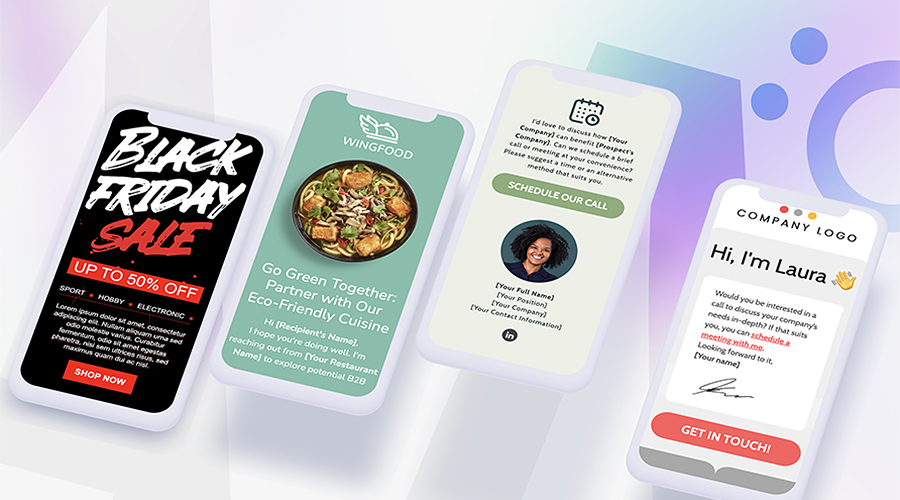
The prevalence of mobile devices in our daily lives necessitates a strategic approach to email marketing campaigns. As the majority of individuals now access their emails via smartphones and tablets, businesses must prioritize optimizing their campaigns for mobile devices. This article delves into the significance of mobile optimization, key strategies for tailoring email campaigns to mobile users, and best practices for delivering an exceptional mobile user experience.
The Significance of Mobile Optimization in Email Marketing
The surge in mobile usage in recent years has reshaped how emails are consumed, with over half of all emails now being opened on mobile devices. This shift underscores the importance for businesses to adapt their email marketing strategies accordingly.
Emails that are not optimized for mobile may appear distorted, challenging to read, or fail to load correctly. Such shortcomings can lead to a negative user experience, resulting in decreased engagement rates, conversions, and potential loss of customers.
Key Strategies for Mobile Optimization in Email Design
Responsive Design
Implementing responsive design ensures that emails automatically adjust their layout and formatting to suit the screen size of the device. This guarantees that emails are visually appealing and easy to read across various devices.
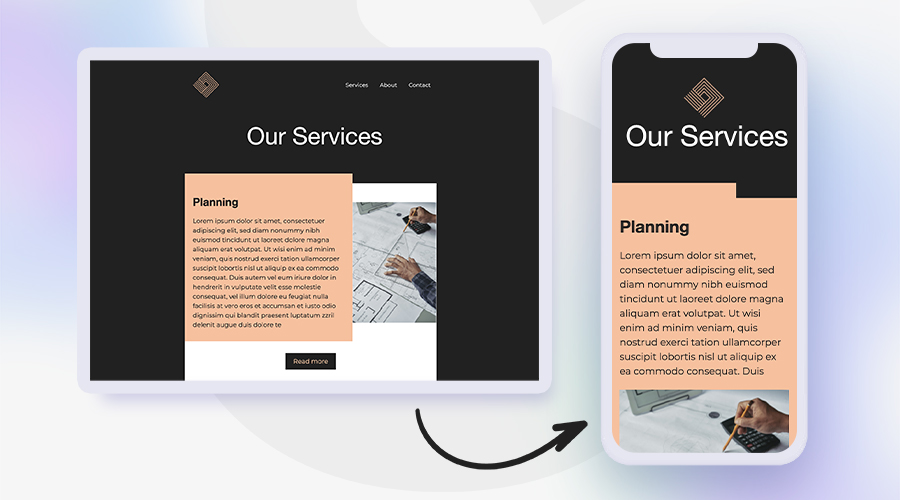
Content Simplification
Given the smaller screens of mobile devices, prioritizing and simplifying content is vital. Concise subject lines, clear headings, and minimal use of large images or excessive text help capture the attention of mobile users.
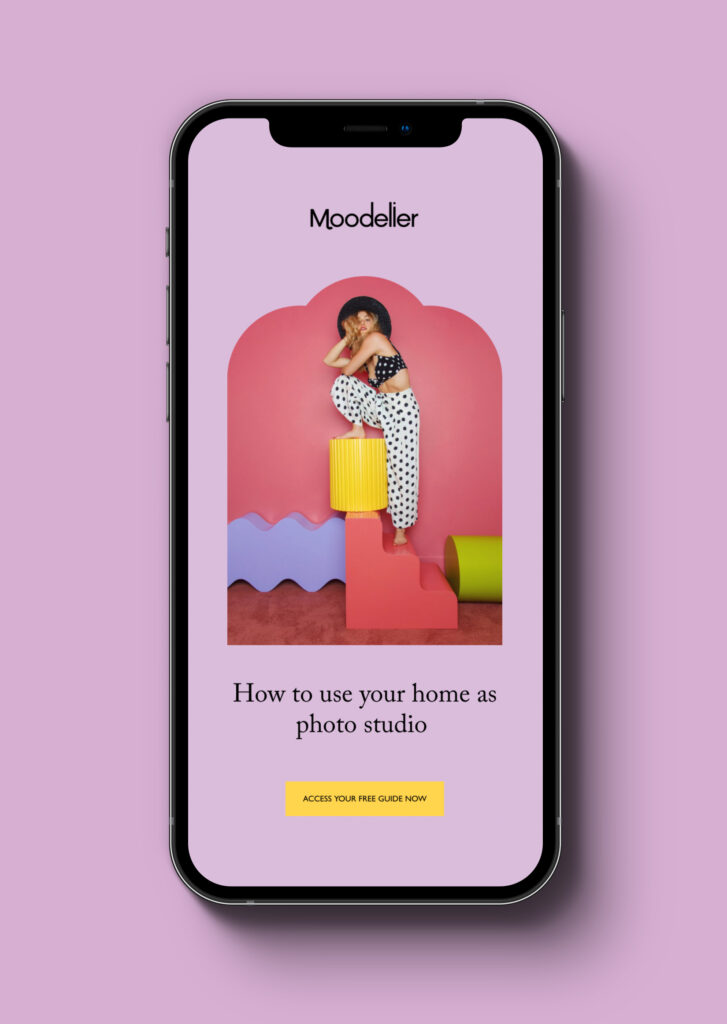
Single Column Layout
Opting for a single column layout ensures a seamless reading experience on mobile devices. Complex layouts or multiple columns may appear cluttered or require excessive scrolling on mobile screens.
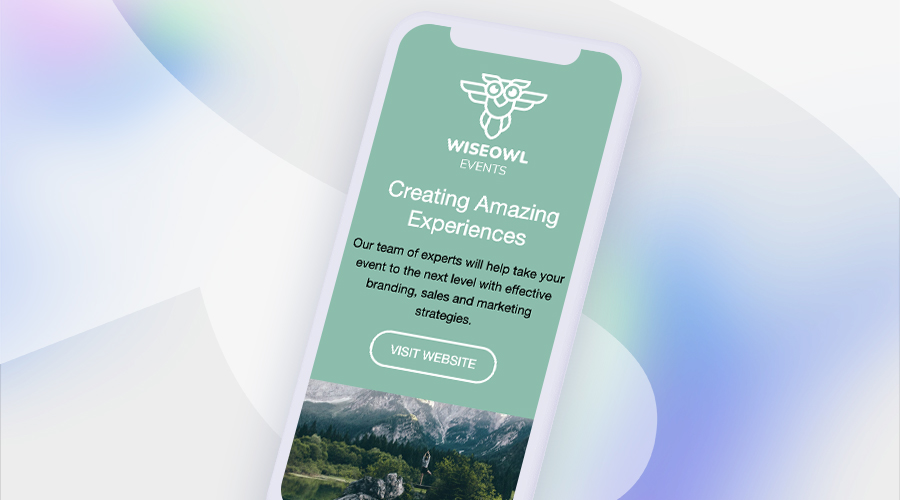
Font Size and Formatting Optimization
To enhance readability, utilize a minimum font size of 14 pixels and select fonts that are easy to read on small screens. Employ bold or italic formatting sparingly to emphasize important text without overwhelming the reader.

Clear Call-to-Action Buttons
Ensure that call-to-action buttons are prominently displayed and easy to click on mobile devices. Larger button sizes accommodate touch interaction and encourage user engagement.

Image Optimization
Compress images to reduce file size without compromising quality, as large images can slow down email loading times. Additionally, use alt text for images to maintain email informativeness if images fail to load.

Dark Mode Optimization
Consider dark mode compatibility when designing emails for mobile devices. Dark mode is increasingly popular for its visual comfort and battery-saving benefits. When designing emails, ensure compatibility with dark mode settings by using colors that maintain readability and contrast, avoiding harsh contrasts or overly bright elements that may cause discomfort. Test emails in both light and dark modes to ensure a seamless experience across preferences, enhancing accessibility and user satisfaction.

Concise Subject Lines
Craft attention-grabbing subject lines under 50 characters to ensure visibility on mobile devices.

Optimized Preview Text
Given the increasing prevalence of mobile email usage, it is crucial to optimize the email preview text for mobile devices. Use shorter, attention-grabbing phrases, ensure it displays correctly on smaller screens, and test its appearance across various mobile devices and email clients.
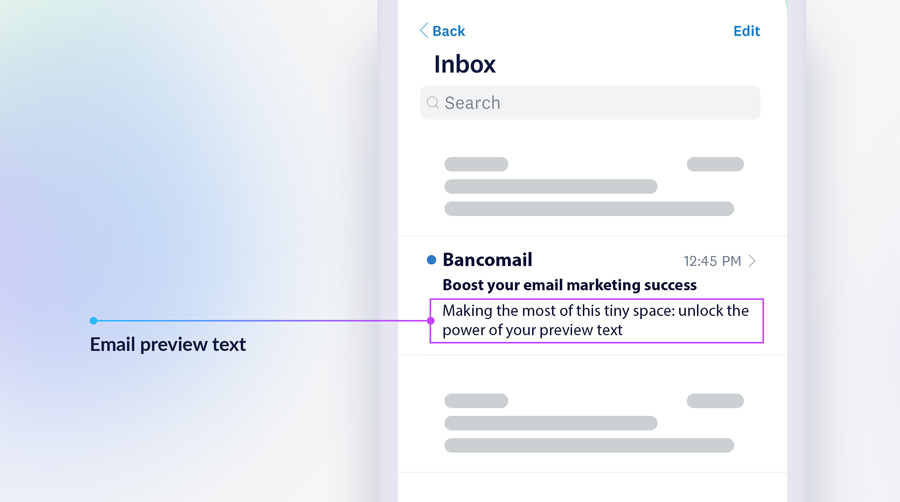
Testing Across Devices
Thoroughly test email campaigns across various mobile devices and email clients to identify any display or rendering issues. This allows for necessary adjustments to be made before sending emails to subscribers.
Conclusion
Optimizing email marketing campaigns for mobile devices is imperative in today’s mobile-centric landscape. By implementing responsive design, simplifying content, utilizing single column layouts, optimizing font size and formatting, and adhering to best practices, businesses can deliver mobile-friendly emails that enhance user experience and drive engagement and conversions.

